
The Araku Valley borra caves, or bora Guhalu- are situated in the Ananthagiri hills of the Araku Valley of the Vishakhapatnam district, Andhra Pradesh.
Borra means ‘Hole’ in the Oriya language. The Borra Caves, being all gigantic, haven’t failed to move us.
This cave is considered one of the best in India, People from all over the world visit here to see this amazing natural wonder of India.
William King George of the Geological Survey of India discovered the cave in India in 1807.
Borra Caves History
This cave is considered one of the best in India, situated at a height of 1,400 meters above sea level. Borra Caves famous for? They are renowned for their incredible stalactite and stalagmite formations that are millions of years old and are a feast for the eyes of visitors. Borra Caves formed by which river? The answer is “the Gosthani river”. The Gosthani River’s flow on the limestone deposits in the area formed the caves. The formations inside the caves are unique and include resemblances of Lord Shiva and Goddess Parvati, a mother and child, a crocodile, a human brain, and a tiger. William King George, part of the Geological Survey of India, discovered these caves. According to legend, a cowherd named Bora discovered the caves while looking for his lost cow and found a shivling inside the cave with his cow. He believed Lord Shiva saved his cow, and villagers built a small temple outside the caves. It is a favorite tourist spot that attracts visitors from all over the country. These caves should be included in any travel itinerary.
Borra Caves Interesting Facts
It is in Vishakhapatnam, mainly covered with limestones and is considered India’s deepest and longest cave. This limestone cave is covered to a depth of 80 meters and ranges around 2km, and inside the cave, you could apparently walk for approximately 0.35 km.
The Borra cave formation was due to the erosion of the underground surface coming from the mountain river that streamed to connect with the Gosthani River.
The caves were, therefore, formed a long time ago- the river, on the other hand, works like a charm in luring tourists and visitors with its calming environment. And the sound of the stream feels like rhythm to one’s ear.

The cave possesses a naturally formed Lord Shiva’s shrine-many people come to see this naturally molded shrine of Lord Shiva. Moreover, it has enticed several devotees nationwide.
Beginning of Borra Caves
Minerals like the Speleothem carbonate discovered in the caves have been studied extensively.
The major organisms connected are microbial mats molded in the caves, small algae, fungi, and bacteria, specifically cyanobacteria.
Lab examination with SEM has corroborated, as well, the existence of calcified bacteria needle calcite and micro-rod.
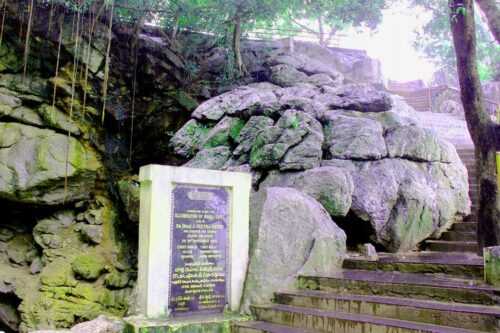
Therefore, these examinations have suggested that microorganisms have vigorously prompted the creation of speleothems in the cave.
Borra Caves Stalagmites and Stalactites
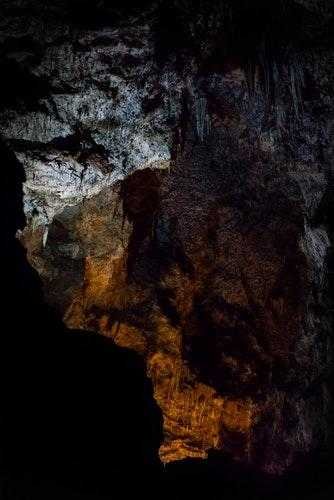
Borra caves stalagmites and stalactites rocks have hit the entire cave ceilings with their funny shapes over the period of time.
Stalagmites are the result of the deposition of material accumulated on the floor from the chemicals dripping from the roof- they are basically a type of rock that forms when it rises from the ground of a cave.
On the other hand, stalactite is a rock formation hanging from caves’ roofs.
Tourists drove from different places to be present in the land of the ‘mind’s eye’ to deduce the shapes.
Shiva and Parvati, a human brain at the center of the cave, are the instance and could be said as the ‘gift of nature.’
As aforementioned, the naturally formed caves are 150 million years old- the only proof of mid-Palaeolithic civilization.
Several archaeological and historical studies have been performed here significantly.
Andhra University Anthropologists mined here to find more about the Palaeolithic culture, dating back to 30,000- 50,000 years, signifying human inhabitation.
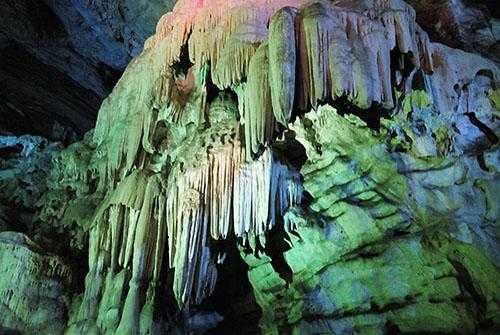
The most amazing fact about the Borra caves is that the scorching heat of the summers doesn’t affect the cave- it is cold inside and remains at the same temperature the whole time.
Several legends regarding the discovery of the Borra caves are narrated by the tribal inhabitants (Pooja, Jatapu, Kondadora, Nookadora, Valmiki, etc.)
One of the infamous legends is that a cow, grazing on top of the caves, fell 200ft through a hole in the roof.
And since the chemicals react incessantly, new shapes keep concocting whilst the old ones change their forms.
The cowherd, whilst searching for his lost cow, stumble upon the caves- there he discovered a stone inside the Borra caves that bore a resemblance to a Lingam (an aniconic portrayal of Lord Shiva), which he took as the Lord safeguarded the cow.

The inhabitants living there heard the story and believed it to be true and, thus, built a small temple outside the cave for Lord Shiva. People from different places fly to this place to worship and get a peek at the lingam.
Another legend goes that the Shiva lingam depicts the Hindu deity, Shiva found deep in the Borra caves, and above it is a stone-shaped cow.
It is speculated that the udder of this stone-shaped cow is the basis of the Gosthani River, which stems from here and streams through Vizianagaram and Vishakhapatnam districts before draining into the Bay of Bengal.
The humic acid in the water reacts with calcium carbonate in the limestone and melts the minerals by breaking the rocks moderately.
The water infiltrating from the roof encompasses calcium, bi Carbonate and other minerals.
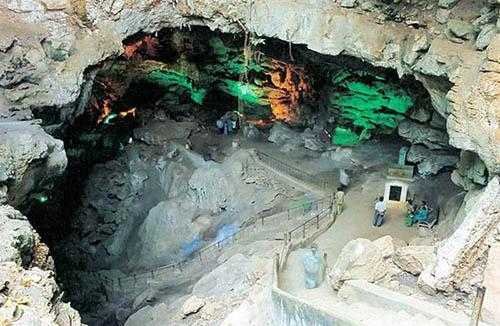
How to Reach Borra Caves
By Train
A train stops at Borra caves from Vishakhapatnam to Araku. The timing of train is 6.50 am every day and it reaches the caves by 9.41 am
By Air
Vishakhapatnam airport is the nearest, which is 94 km.
By Road
From Vishakhapatnam, reaching the Borra caves takes about 3 hours and 30 minutes.
Borra Caves Entry Fee
- For adults- 100/-
- For children- 45/-
- Extra charges for a camera- 100/-
- Mobile phones- 25/-
- Video camera- 100/-
Furthermore, the nearby attraction, such as the Tunnel, Tyada railway tunnel, Damuku viewpoint, Ananthagiri coffee plantation, and much more, entices the tourists.
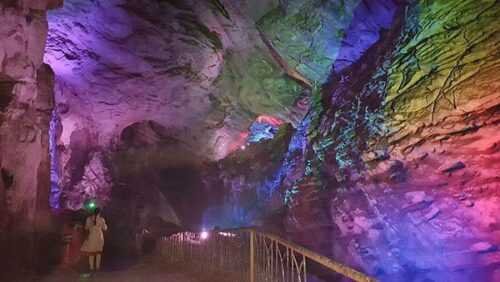
The Andhra Pradesh State Tourism Department has mounted 26 sodium vapor, mercury, and halogen electric lights, which proffers the audience an opportunity to view
The stunning shapes of the hanging formations (stalactites) and rising formations (stalagmites). The visitors and geologists get enthralled by the lighting.
Borra Caves Timings
Borra Cave is open daily- from Monday to Sunday- from 10.00 am to 5.00 pm.
Famous Places near Borra Caves
- Araku Valley: From Borra Caves to Araku distance is 37 km
- Visakhapatnam: From Vizag to Borra Caves distance is 90 km
Read Also:


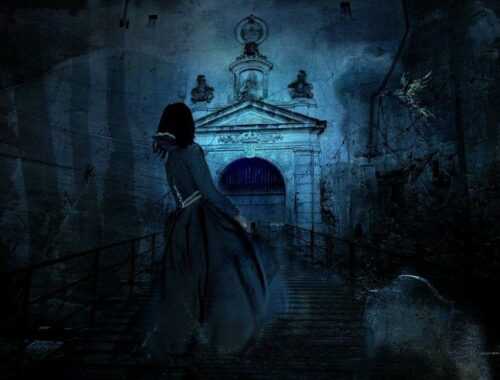

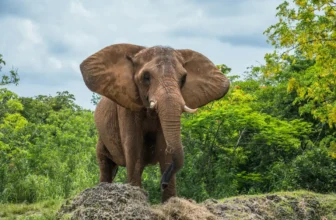
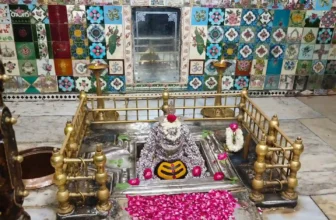

nice post of this article. thanks for sharing.
Great artical,
thank you very much for sharing this awesome post with us.
this web page perfect write
Very good explanation. Thanks for your article
Great post.
Thank you for sharing your knowledge.